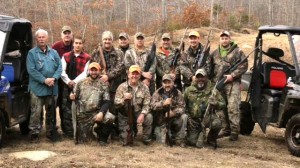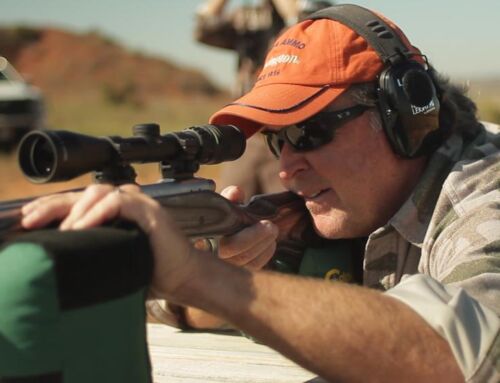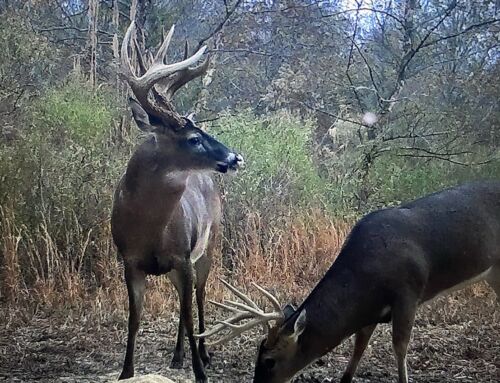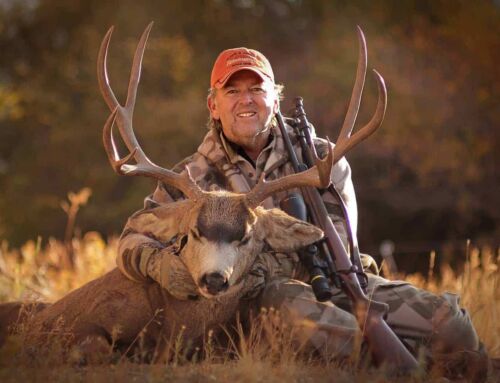 During this insufferable pandemic, longing to get outside and get fresh air for health and sanity, more people hunted deer last fall than in a decade. State game departments across the U.S. report that the sale of hunting licenses was up 5%, 10% or more in 2020.
During this insufferable pandemic, longing to get outside and get fresh air for health and sanity, more people hunted deer last fall than in a decade. State game departments across the U.S. report that the sale of hunting licenses was up 5%, 10% or more in 2020.
If you hunted public land, especially a national forest or WMA near a big city during a firearms season, you might have seen and felt it last season—more cars crammed into parking areas, more campers, more orange-clad hunters knocking around the woods.
While most of the newbies had no choice but to hunt on public ground, some were able to get permission from landowners or acquaintances they knew or contacted. You might have felt a little more pressure on a private farm or forest you’ve hunted for years.
Not all of those hunters will be back this fall, but many of those who enjoyed it and maybe killed a deer for food will. If pressure affected your enjoyment and success last season, here are two ways to plan ahead for it.
Search New Ground
Check state wildlife websites for info and maps on new public lands to try. Out-of-the-way WMAs or state forests in rural areas have less pressure than popular areas near cities. Look for large national forests or BLM lands; with tens of thousands of acres to roam, there’s elbow room for you and everybody else.
Jump on Google Earth or an app like onX Hunt, and investigate new tracts, property boundaries and terrains that might hold opportunities. Ask around and knock on doors; you might get permission on a fresh piece of private dirt. If you find a great opportunity, it might finally be time to pay a lease fee to hunt those un-pressured woods.
Hunt Old Spots Smarter
If you’re happy with the place you’ve always hunted but just need to get away from the crowds, it’s pretty easy to do. Several studies show that on both public and private land the vast majority of hunters, vets or newbies, hunt a mile or less from the nearest road or parking area.
Study maps and aerials, and predict where other hunters will hike in and set up stands or blinds. Then look for thick covers, draws and similar buck sanctuaries a half-mile or farther back in from where you expect other people to be. Plan to hike farther in and set your stands there this fall.
By hunting deep, you’ll avoid most other people. As an added benefit, the competition might drive a 10-point back into a secluded cover you’re watching one day.





